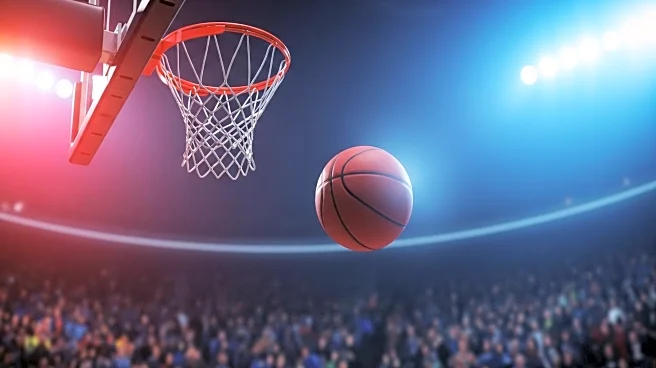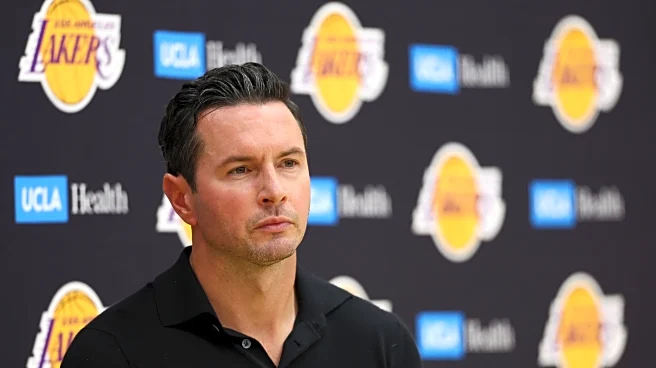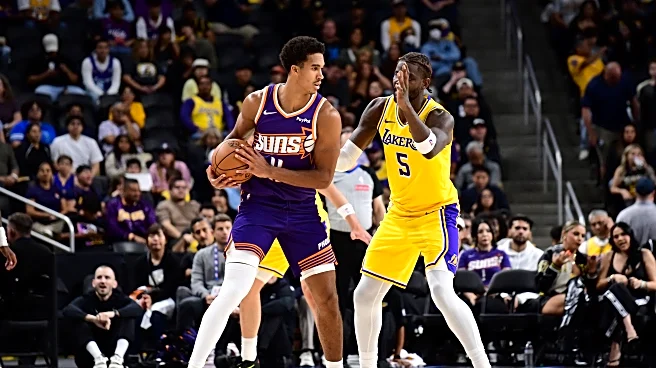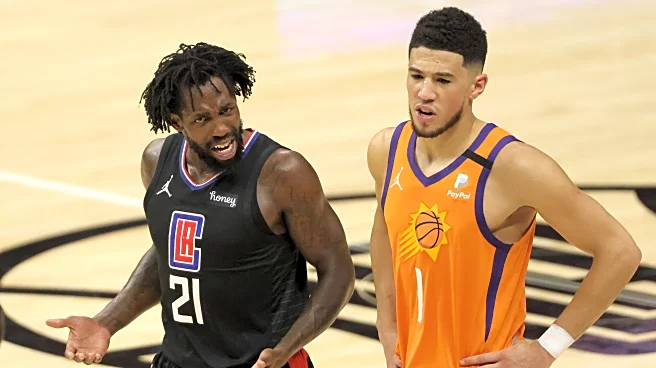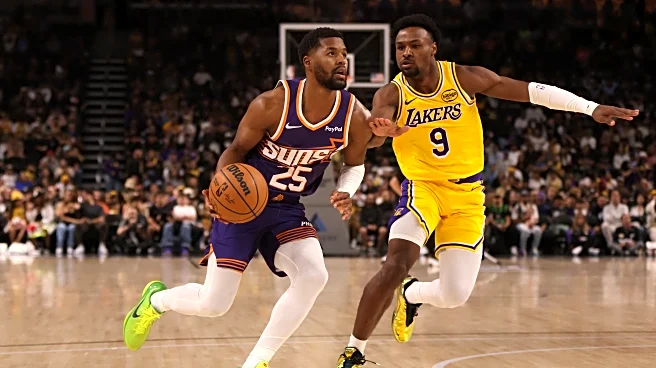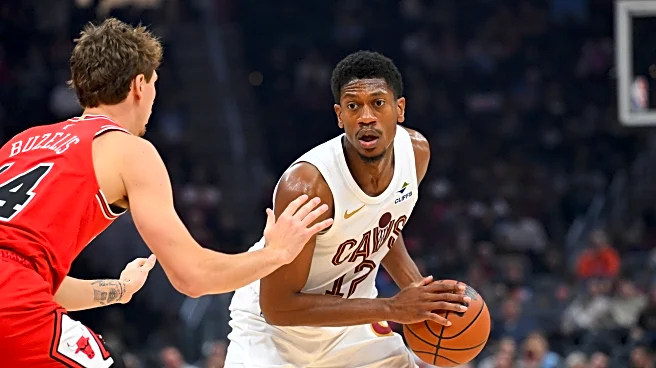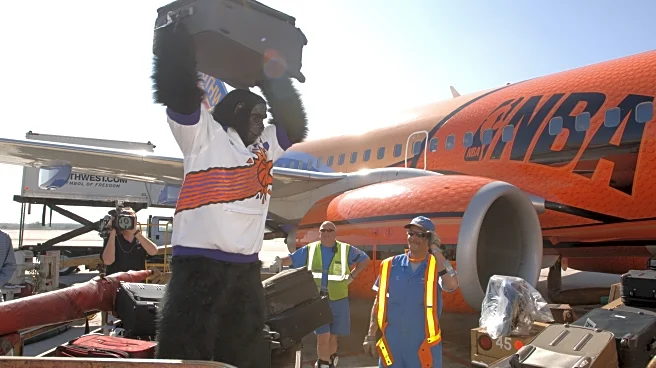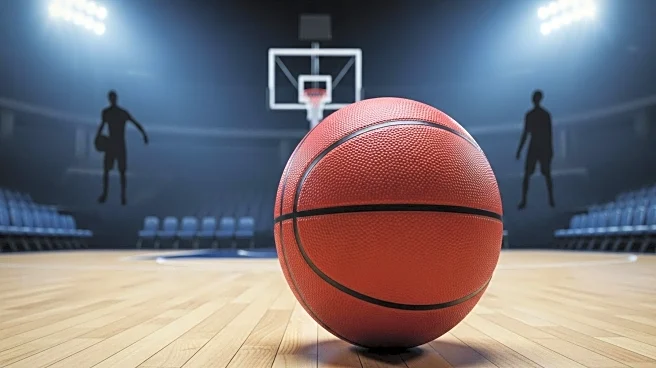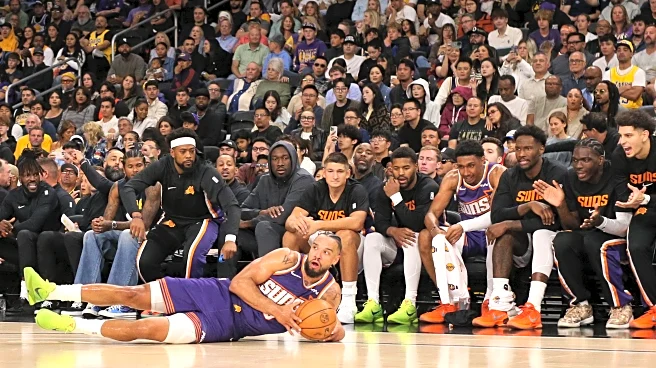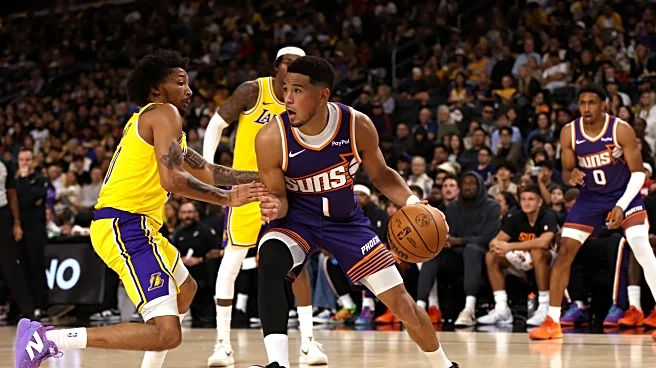While waiting for the start of the season, here’s a little retrospective and analysis of Jae Crowder’s defensive performance (clip by clip) against the Bulls — a player in the shadows who was largely responsible
for the Suns’ collective success that season. Let’s see, even in a regular season game, if he was important.
The Bulls are on a fast break. The Suns quickly get back in position, and Jae Crowder battles for position with Young. Jae tries to get in front but takes too long, additionally getting bumped by the forward. Satoransky sees him and passes to his teammate, who finishes the play easily.
This play resembles football more than basketball, but it is valid. Satoransky drives, but Crowder comes in to help close off the paint. His hand is well-placed, allowing him to take the ball.
More a collective error than an individual one.
On this play, after an offensive rebound, Daniel Theis fakes and gets three Suns players, including Jae Crowder, to jump, leaving Valentine open. Theis passes to him, and he has an easy finish under the rim.
Denzel Valentine initiates a drive. Booker is beaten, prompting Crowder to come to help. Valentine doesn’t see it coming, and the forward has no trouble blocking him from behind. The anticipation, positioning, help, and timing are good on this play.
The Bulls’ offense starts with a P&R between Satoransky and Vucevic. Payne does not go over the screen, and Ayton stays close to the paint for coverage. Crowder leaves Young open at the 3-point line (26% shooting for him from beyond the arc) and quickly comes to help. Tactically, it’s solid on all fronts.
Then, Satoransky passes to Young, who, as expected, does not shoot, allowing Crowder enough time to reposition on him, contain his drive, and take the ball away from him. This one play by itself summarizes Crowder’s importance in Phoenix’s defensive system.
Not really any analysis to be done on this sequence — probably an excess of confidence (due to his good interceptions just before) — this foul at the end of the first half is not really necessary from my point of view.
P&R between Satoransky and Vucevic. CP3 struggles to get around the screen, the Bulls have a 3-on-2 situation at the top of the paint — Ayton drops to contain Satoransky and force a pass — Crowder rotates to release his player and contain Vucevic’s roll, intercepting the ball in his hands right after.
“Chicago Action” on this sequence (DHO + consecutive screen).
Jae Crowder takes time to navigate around the screen but manages to reposition himself well on Patrick Williams. The play ends with a basket, but I think it could have been better managed defensively (and it’s not Jae’s responsibility).
Let me explain: at the moment of Vucevic’s screen for Williams, the forward is sufficiently distant and lateral to the play for Ayton to switch onto him, leaving Crowder on Vucevic. PW doesn’t have incredible speed; Ayton had more than enough capability to contain him. Individually, Crowder did his job, but collectively, it didn’t follow through; there was a lack of communication on this sequence.
Once again, the Bulls’ attack starts with a pick-and-roll. It’s a small detail, but still important for the organization of a defense: Jae Crowder is very vocal and expressive at the beginning of the play; there wasn’t just CP3 as a floor leader.
Crowder contains the drive but gets screened by Vucevic. At the same time, Ayton comes to help and contests Young’s floater, a great collective defensive play from start to finish.
To complete these sequences, I have cataloged each specific defensive action of Jae Crowder in the game (I did not analyze or catalog certain very abstract fouls). The heat map below illustrates his impact on the court: where he intervened, where he disrupted, and where he recovered/blocked balls.

It clearly shows his preferred area — the paint and its surroundings — reflecting a player who is constantly on the move and always ready to help.
To conclude, I have compiled all of his defensive actions into a summary table (This table compiles the actions, not the objectives, which is why there are more than on the heat map).

It allows for a better understanding of the nature of his interventions — without focusing specifically on the objectives of the actions — and to assess his overall impact beyond just the volume of activity.
This match perfectly illustrates Crowder’s invisible value. He is not an elite individual stopper, but a defensive catalyst: he communicates, anticipates, fills gaps, and stabilizes the back line. He is the kind of player who turns a good defense into an organized and disciplined one.
Crowder’s time in Phoenix was short, but it left a mark — defensively, culturally, and emotionally. How do you look back on his stint with the Suns? And what do you think of this “clip-by-clip” breakdown format — would you like to see more of these during the season?

